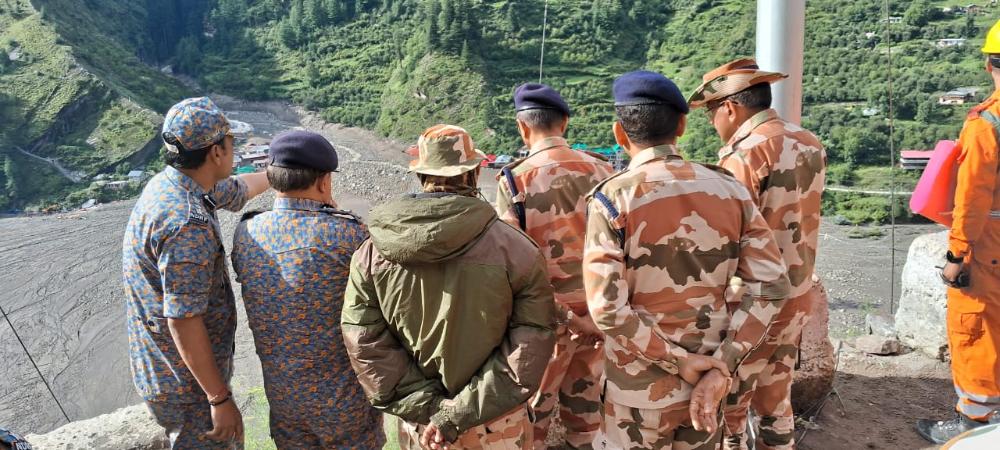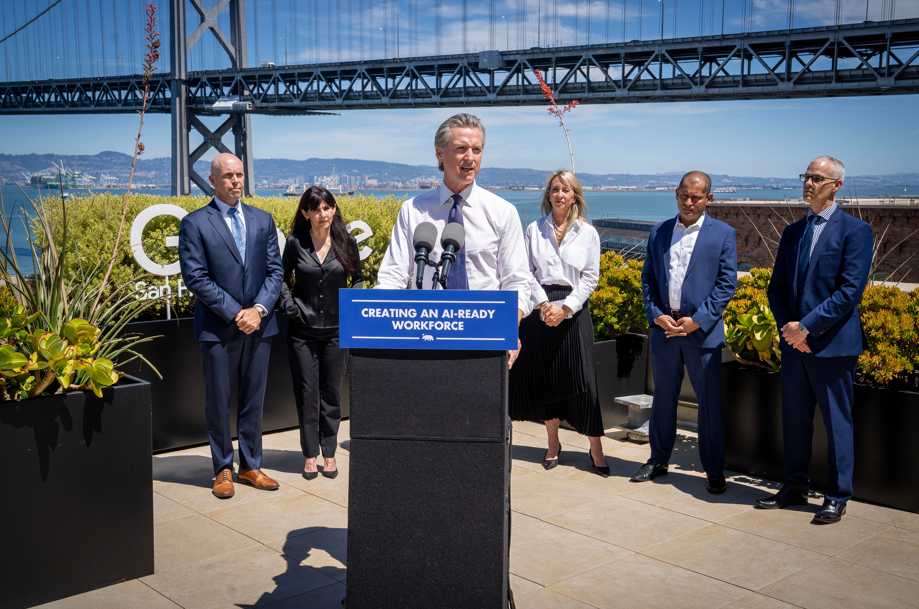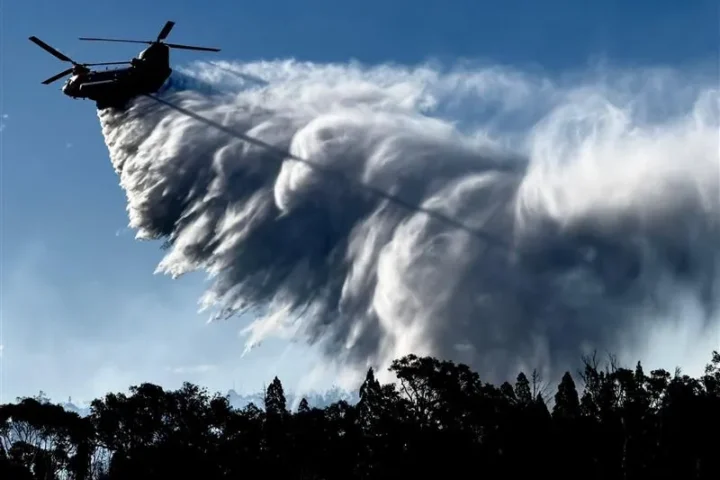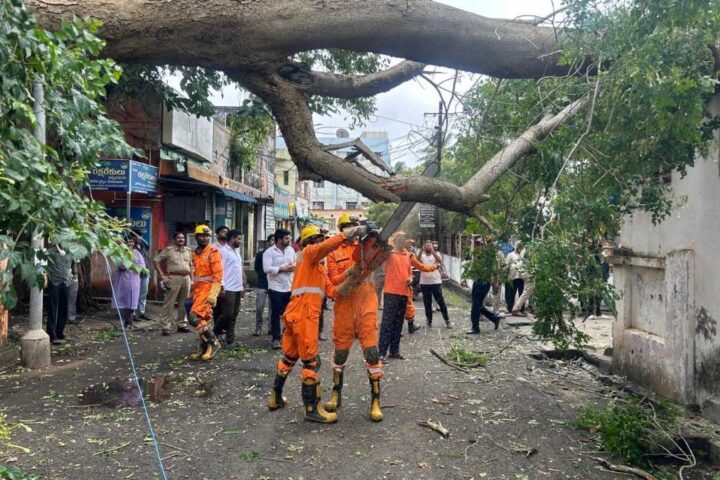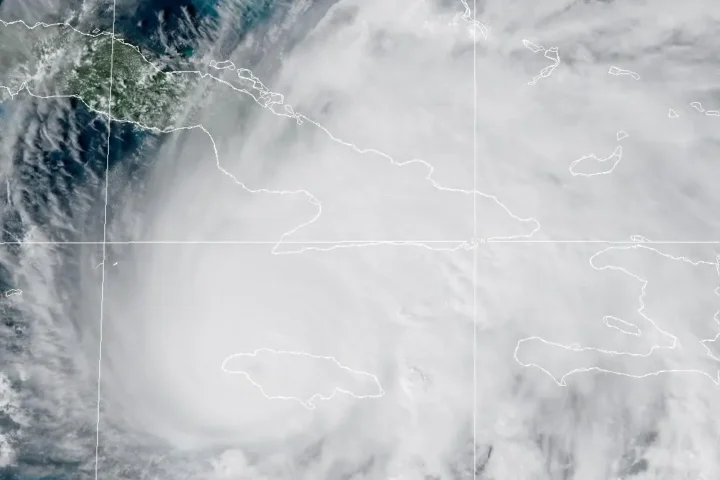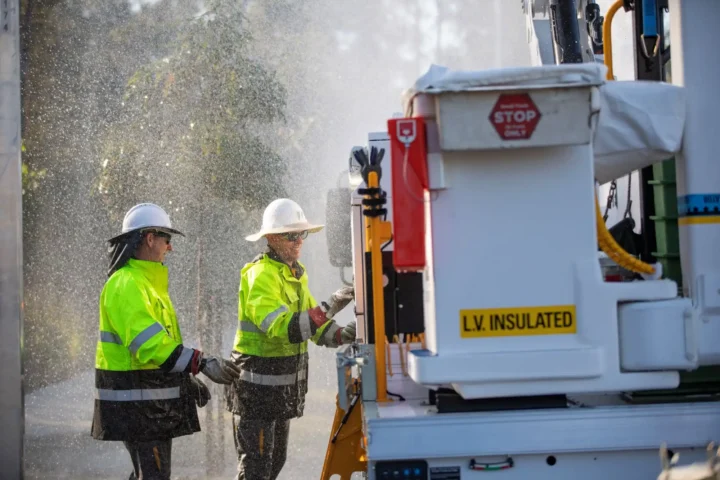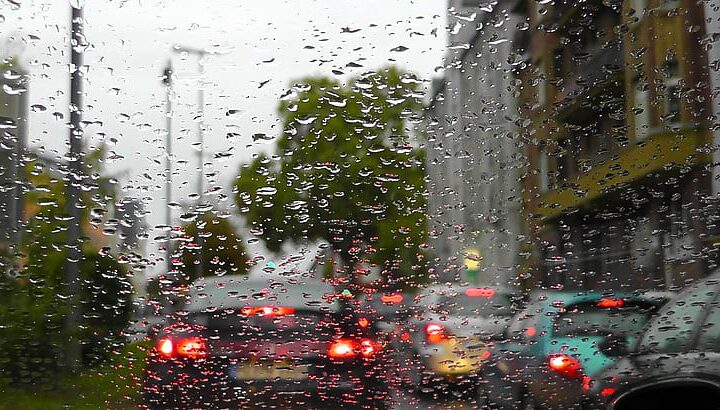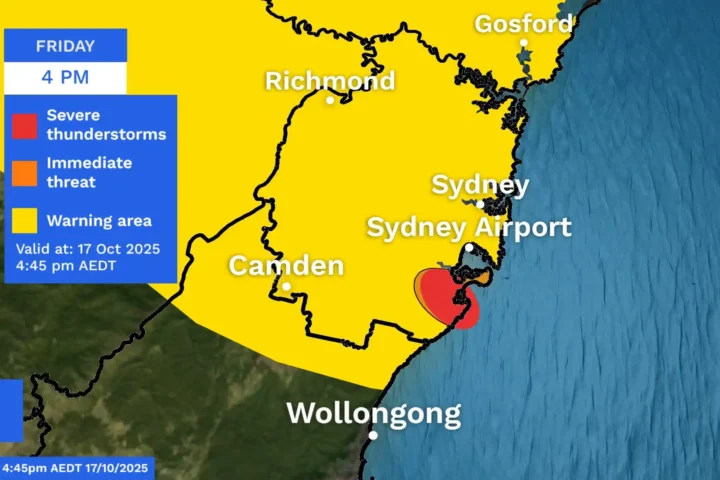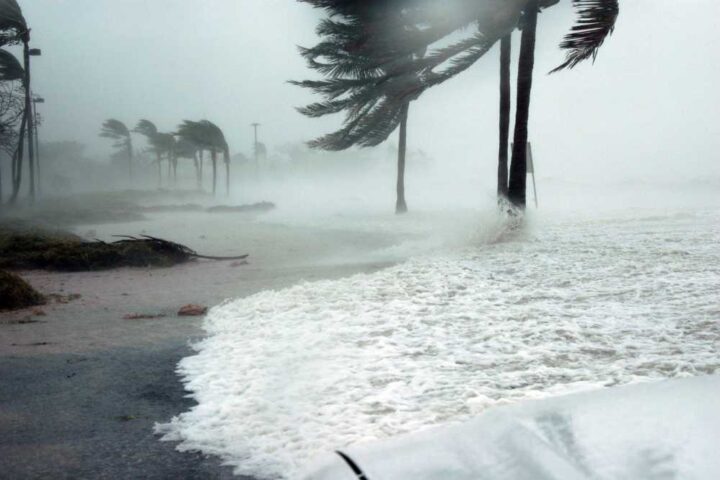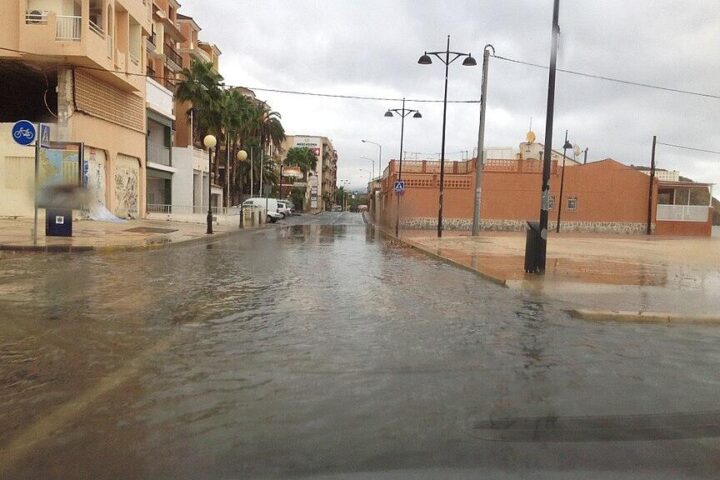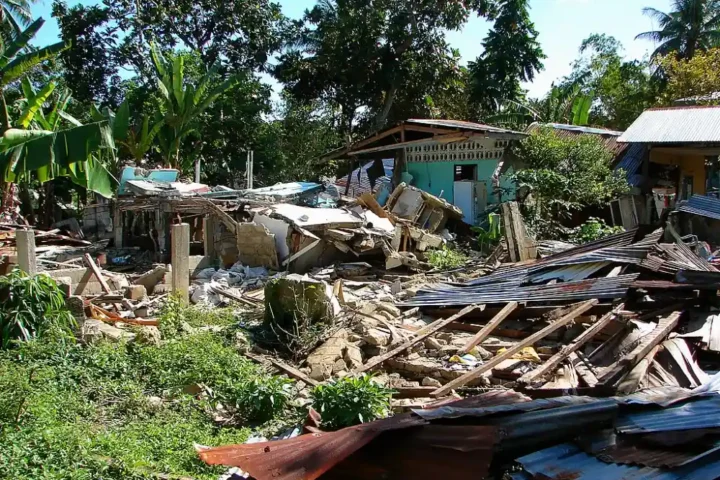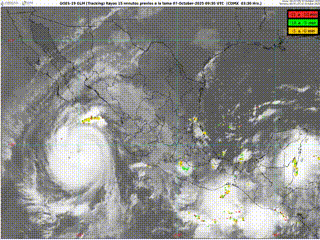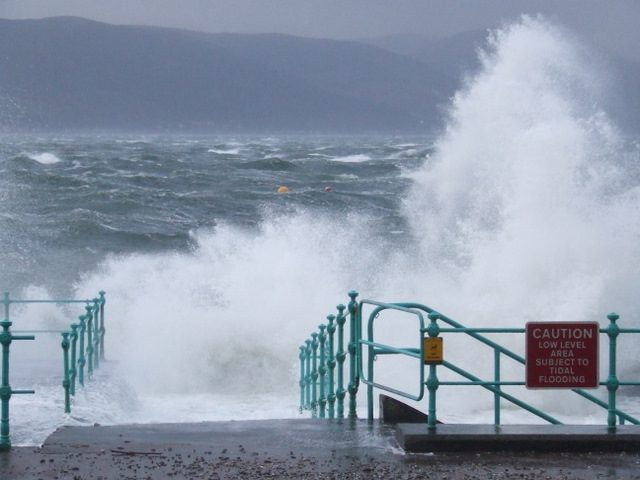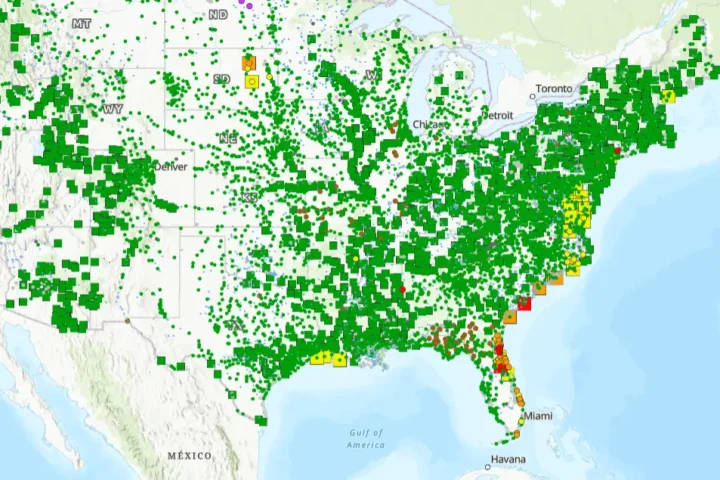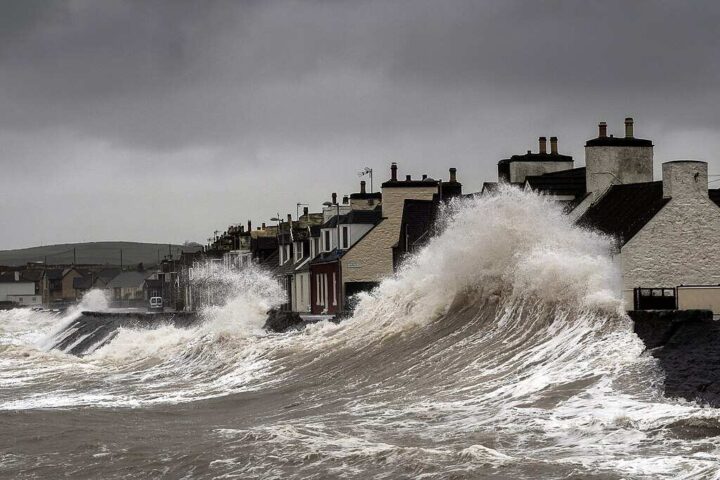In India, local authorities and State Disaster Response Forces are the first responders; NDRF is deployed for major incidents or on request from states. The National Disaster Response Force (NDRF) functions as India’s dedicated emergency response unit, created under the provisions of the Disaster Management Act, 2005, to handle both natural calamities and man-made crises. It functions within the framework of the Ministry of Home Affairs, having been formed to enhance the nation’s capacity to manage disaster situations effectively.
It was established on 19 January 2006. Its inspirational motto reads “Aapda Seva Sadaiva Sarvatra” – reflecting their commitment to disaster service always and everywhere. The force comprises about 18,500 personnel (with sanctioned strength of 18,556). Financial allocation stands at ₹1,666 crore (Revised Estimate) for 2023-24, with ₹1,607 crore (Budget Estimate) allocated for 2024-25. Amit Shah, as Home Minister, oversees the force, while Piyush Anand, IPS, serves as Director General of NDRF since taking charge on 1 April 2024.
When disasters strike in India, primary responsibility rests with state governments to manage the immediate response. The Ministry of Home Affairs (MHA) serves as the central ‘Nodal Ministry’ for coordinating natural disaster management nationwide. NDRF’s role becomes crucial when a calamity overwhelms local resources, stepping in to provide specialized assistance and coordination. The organization maintains a clear command structure with a Director General at the helm, supported by several Inspector Generals (IGs) and Deputy IGs who function as flag officers displaying appropriate rank insignia.
The NDRF is a force of 16 battalions, organized on paramilitary lines. It is managed by persons on deputation from the central armed police forces of India.
The operational structure includes personnel drawn from four Border Security Force (BSF) units, three from Central Reserve Police Force, four from Indo-Tibetan Border Police, two from Central Industrial Security Force, two from Sashastra Seema Bal, and one from Assam Rifles. Each battalion maintains approximately 1,149 personnel, strategically organized into 18 autonomous rescue teams of 47 members each. These teams include specialists like engineers, technical experts, electricians, canine units, and medical professionals ready for rapid deployment. Over the years, the NDRF has established an impressive track record handling numerous emergency situations, from drownings and structural collapses to landslides, severe floods, and devastating cyclones.
According to the NDRF’s official records, it has saved over 159,293 human lives and evacuated more than 864,316 stranded individuals from disaster-stricken areas since its inception.
Some of the major response operations of NDRF are as below: 2007: Flood in Bhavnagar, Gujarat – 3-5 July, rescued 291 people, distributed 3,750 food packets. 2008: Building collapse (Hotel Shakunt) in Ahmedabad, Gujarat – 3-5 February – Saved 10 people and recovered six dead bodies.
Similar Posts
Among their notable operations was the response to Cyclone Aila that struck West Bengal’s North and South 24 Parganas districts from May 25 to June 10, 2009. During this prolonged operation, NDRF teams successfully rescued 2,000 stranded individuals while distributing critical medical supplies to approximately 30,000 affected people and providing food packages to 16,000 displaced victims. More recently, in 2023, they conducted crucial flood rescue operations in Assam, helping evacuate numerous stranded residents and delivering essential relief materials. The NDRF emphasizes community readiness through awareness and preparedness initiatives, recognizing that local residents inevitably become the true first responders in any disaster scenario.
The force has trained a substantial number of community volunteers throughout the country. NDRF also conducts regular mock exercises on various disasters like cyclone, flood, earthquake and mass casualty management. As of recent years, NDRF has significantly expanded its volunteer training program through initiatives like Aapda Mitra.
The modern concept is Disaster risk reduction. According to Union Home Minister Amit Shah, the NDRF has shifted its position from a relief-centered model to a comprehensive, integrated ‘zero-casualty’ approach. The budget for NDRF has substantially increased over the Finance Commission periods.
During cyclone Biparjoy (2023) in Gujarat, NDRF officials claimed “zero casualty” success, while cyclone Fani (2019) resulted in approximately 64 fatalities in Odisha despite extensive NDRF deployment.
The most recent development, as of June 16, 2025, is Amit Shah’s address at the Annual Conference of Relief Commissioners and District Response Forces. During the conference, he reiterated India’s rise as a global leader in disaster response. He issued directives on: 90-day deadline for Disaster Management plans, emphasis on lightning and heatwave action plans and review of incident response system implementation.

Thus we are on the threshold of a quicker and “zero casualty” disaster response to any calamity either man-made or natural. According to Piyush Anand, the Director General of NDRF, the force is committed to quick response to any disaster anywhere in the country at all times.
These are some of the operations carried out by NDRF. In short, the NDRF has done a commendable service to the nation during its 19 years of existence. It has fulfilled its motto of: Disaster service always everywhere. It has created an enviable record of service worth to be followed by other government agencies.
